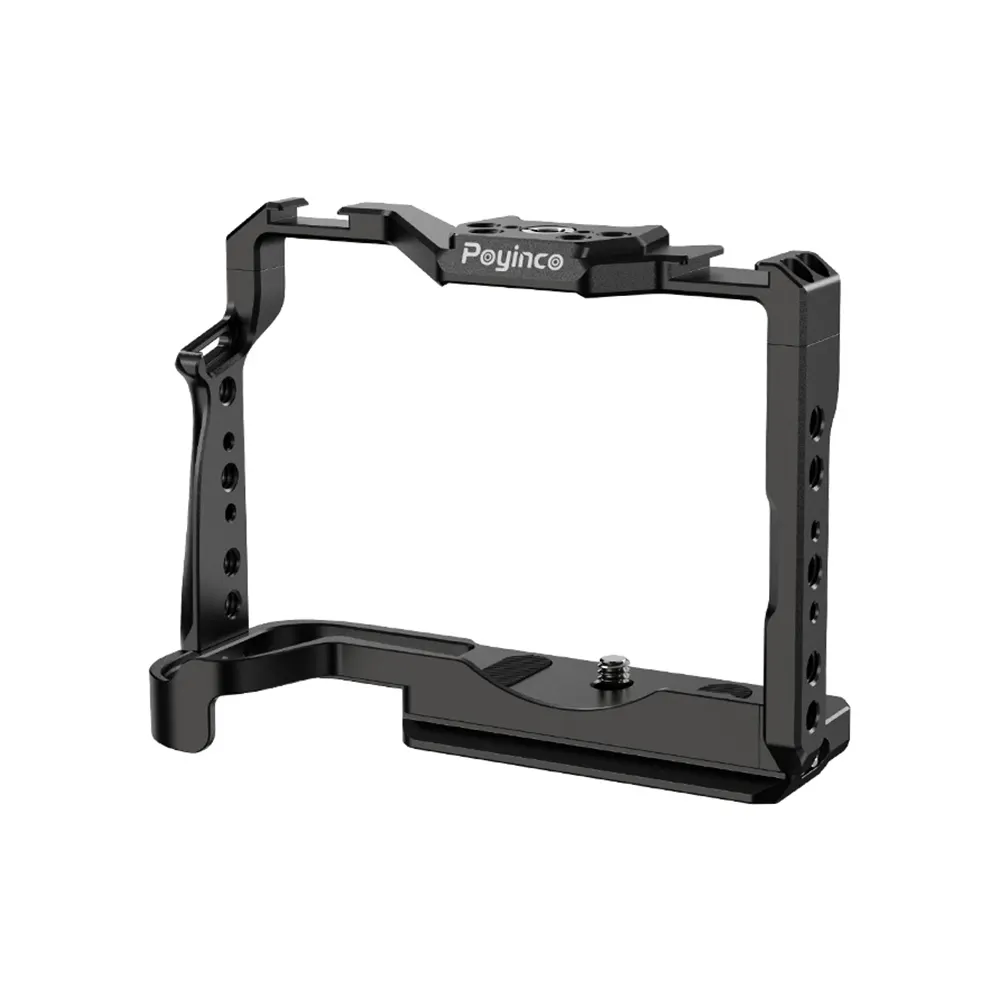

Time:2025-03-14 Views:1

Detecting impact damage in quick - release plates is crucial for maintaining the safety and functionality of the systems they are integrated into. Early detection of damage can prevent catastrophic failures and ensure timely maintenance or replacement.
One common method for detecting impact damage in quick - release plates is through visual inspection. Operators regularly examine the plates for visible signs of damage such as cracks, dents, or scratches. However, this method has limitations as it may not be able to detect internal damage or very small surface defects. To overcome these limitations, non - destructive testing techniques are often employed.
Ultrasonic testing is a widely used non - destructive method for detecting impact damage in quick - release plates. Ultrasonic waves are transmitted through the plate, and any changes in the wave propagation, such as reflections or attenuations, can indicate the presence of internal cracks or voids. For example, if an impact has caused a small crack within the plate, the ultrasonic waves will interact with the crack surface, producing characteristic signals that can be detected by a transducer.
Another non - destructive testing technique is eddy - current testing. This method is particularly useful for detecting surface and near - surface defects in conductive quick - release plates, such as those made of metal. An alternating current is applied to a coil near the plate surface, creating an eddy current in the plate. Any damage, such as a crack or a change in material properties due to impact, will disrupt the eddy current, and this change can be measured to identify the location and extent of the damage.
In addition, some advanced quick - release plates are now equipped with sensor - based damage - detection systems. These sensors can be strain gauges, which measure changes in the plate's strain under normal and impact - affected conditions. If an impact causes abnormal strain patterns, the sensors can detect this and send an alert. Other types of sensors, such as acoustic emission sensors, can detect the high - frequency sound waves generated when a crack forms or propagates in the plate. By continuously monitoring these signals, the system can detect even the earliest stages of impact damage. Overall, the detection of impact damage in quick - release plates is a multi - faceted process that combines visual inspection, non - destructive testing techniques, and sensor - based monitoring to ensure the safe and reliable operation of the plates in various applications.
Read recommendations: